
Online AI tools are rapidly transforming mechanical engineering by augmenting human capabilities in design, analysis, manufacturing, and maintenance. These AI systems can process vast amounts of data, identify complex patterns, and generate novel solutions much faster than traditional methods. For instance, AI can assist you in optimizing designs for performance and manufacturability, accelerate complex simulations, predict material properties, and automate a wide range of analytical tasks.
The prompts provided below will for example help on generative design, accelerate simulations (FEA/CFD), help on predictive maintenance where AI analyzes sensor data from machinery to forecast potential failures, enabling proactive servicing and minimizing downtime, help on material selection and much more.
- This page is specific for one domain. If necessary, you can have full search capabilities accros all domains and all criteria in our > AI Prompts Directory <, dedicated to product design and innovation.
- Given the server resources and time, the prompts themselves are reserved to registered members only, and not visible below if you are not logged. You can register, 100% free:
- Ethical Consideration and Impact Analysis
- Mechanical engineering
AI Prompt to Dual-Use Technology Ethical Assessment
- Additive Manufacturing, Design for Additive Manufacturing (DfAM), Environmental Impact, Mechanical Engineering, Risk Management, Sustainability Practices
Conducts a preliminary ethical assessment for a mechanical engineering technology that may have dual-use applications highlighting potential risks ethical dilemmas and proposing safeguards. This prompt aims to foster responsible innovation by considering unintended consequences. The output is a structured markdown report.
Output:
- Markdown
- does not require live Internet
- Fields: {technology_description_and_capabilities} {intended_civilian_application} {potential_misuse_concerns_list_csv}
- Best for: Assessing dual-use mechanical technologies for ethical risks and misuse potential guiding engineers in responsible innovation and proposing safeguards.
- Literature Review and Trend Analysis
- Mechanical engineering
AI Prompt to Literature Review on Material Advancements
- Additive Manufacturing, Composites, Manufacturing, Materials, Mechanical Engineering, Mechanical Properties, Product Development, Research and Development, Sustainability Practices
Summarizes recent advancements (last N years) in a specified class of materials focusing on their application in a particular mechanical engineering area. It identifies key research trends and breakthrough publications. The output is a markdown summary.
Output:
- Markdown
- does require live Internet
- Fields: {material_class_name} {application_area_focus} {time_period_years}
- Best for: Providing mechanical engineers with a summarized overview of recent advancements research trends and key publications in a specific material class relevant to their application area.
- Literature Review and Trend Analysis
- Mechanical engineering
AI Prompt to Key Researchers Identification Tool
- Additive Manufacturing, Design for Additive Manufacturing (DfAM), Engineering Fundamentals, Mechanical Engineering, Product Development, Research and Development, Robotics, Sustainability Practices
Identifies and lists key researchers or research groups and their affiliated institutions highly active in a niche mechanical engineering topic. This helps in finding collaborators experts or relevant literature. Output is a CSV list.
Output:
- CSV
- does require live Internet
- Fields: {niche_mechanical_engineering_topic} {number_of_results_desired}
- Best for: Helping mechanical engineers identify leading researchers and institutions in niche topics for collaboration expert consultation or literature tracking.
- Literature Review and Trend Analysis
- Mechanical engineering
AI Prompt to Design Methodology Evolution Analysis
- Agile Methodology, Continuous Improvement, Design for Additive Manufacturing (DfAM), Design for Six Sigma (DfSS), Design Thinking, Lean Manufacturing, Product Development, Quality Management
Analyzes and outlines the historical evolution key milestones and current trends of a specific mechanical design methodology or philosophy. This helps engineers understand the context and advancements in design approaches. Output is a markdown narrative or timeline.
Output:
- Markdown
- does require live Internet
- Fields: {design_methodology_name} {approximate_start_year_or_era}
- Best for: Providing mechanical engineers with a historical perspective and current understanding of how specific design methodologies have evolved and impacted the field.
- Literature Review and Trend Analysis
- Mechanical engineering
AI Prompt to Knowledge Gap Identification from Abstracts
- Additive Manufacturing, Design for Additive Manufacturing (DfAM), Innovation, Mechanical Engineering, Process Improvement, Quality Management, Research and Development, Sustainability Practices
Identifies potential knowledge gaps or areas for future research within a specific mechanical engineering domain by analyzing a collection of recent research abstracts. This helps researchers pinpoint novel research questions. Output is a markdown list.
Output:
- Markdown
- does not require live Internet
- Fields: {research_area_description_text} {collection_of_abstracts_text}
- Best for: Helping researchers identify novel research questions and knowledge gaps within a mechanical engineering subfield by analyzing trends and limitations in a collection of recent abstracts.
- Risk Assessment and Safety Analysis
- Mechanical engineering
AI Prompt to FMEA Table Generation for Subsystem
- Design for Manufacturing (DfM), Design Validation, Failure Mode and Effects Analysis (FMEA), Mechanical Engineering, Process Improvement, Quality Control, Quality Management, Risk Analysis, Risk Management
Generates a template for a Failure Modes and Effects Analysis (FMEA) for a specified mechanical subsystem listing potential failure modes causes effects and recommending initial severity occurrence and detection ratings. This jumpstarts the risk assessment process. Output is a CSV table structure.
Output:
- CSV
- does not require live Internet
- Fields: {subsystem_name_and_function} {key_components_list_csv} {operating_environment_description}
- Best for: Streamlining the FMEA process by generating a pre-populated table with potential failure modes causes effects and initial RPN ratings for mechanical subsystems.
- Risk Assessment and Safety Analysis
- Mechanical engineering
AI Prompt to Manufacturing Cell Hazard Identification
- Continuous Improvement, Ergonomics, Hazard and Operability Study (HAZOP), Human Factors, Lean Manufacturing, Process Improvement, Risk Analysis, Risk Management, Safety
Identifies potential safety hazards in a new or modified manufacturing cell layout based on its description processes and human interaction points. This helps in proactively addressing safety concerns during the design phase. Output is a categorized markdown list.
Output:
- Markdown
- does not require live Internet
- Fields: {cell_layout_description} {processes_involved_list_csv} {human_interaction_points_text}
- Best for: Proactively identifying and categorizing potential safety hazards in manufacturing cell layouts based on equipment processes and human interaction points.
- Risk Assessment and Safety Analysis
- Mechanical engineering
AI Prompt to Mitigation Strategies for Vibration Failures
- Continuous Improvement, Failure analysis, Mechanical Engineering, Predictive Maintenance Algorithms, Process Improvement, Quality Control, Risk Management, Vibration Analysis
Suggests and elaborates on potential mitigation strategies for vibration-induced failures in specified mechanical equipment given a summary of vibration data and any current attempts. This helps engineers find solutions to improve reliability. Output is a markdown list.
Output:
- Markdown
- does not require live Internet
- Fields: {equipment_description_text} {vibration_data_summary_text} {current_mitigation_attempts_text}
- Best for: Assisting mechanical engineers in identifying and evaluating various mitigation strategies for vibration-induced failures based on equipment type and vibration characteristics.
- Risk Assessment and Safety Analysis
- Mechanical engineering
AI Prompt to Machine Design Safety Compliance Check
- Design for Manufacturing (DfM), Design for Sustainability, Environmental Impact Assessment, Ergonomics, Quality Assurance, Quality Control, Risk Management, Safety
Evaluates a machine design’s features against user-provided snippets of relevant safety standard clauses to identify potential non-compliance areas. This aids in designing safer machinery from the outset. Output is a markdown checklist.
Output:
- Markdown
- does not require live Internet
- Fields: {machine_design_features_description_text} {safety_standard_clauses_text} {country_of_operation_for_context}
- Best for: Facilitating early-stage safety compliance reviews by checking described machine features against specific clauses from relevant safety standards provided by the user.
- Ethical Consideration and Impact Analysis
- Mechanical engineering
AI Prompt to Ethical Risk Assessment for Mechanical Projects
- Environmental Engineering, Environmental Impact, Mechanical Engineering, Project Management, Risk Management, Safety, Sustainability Practices, Sustainable Development
This prompt guides the AI to analyze the ethical risks and societal consequences of a specified mechanical engineering project, considering environmental, safety, and social impact factors. It requires a detailed project description and intended application to provide a structured ethical risk assessment with recommendations for mitigation measures.
Output:
- Text
- does not require live Internet
- Fields: {project_description} {intended_application}
- Best for: Best for evaluating ethical challenges and societal impacts of new mechanical engineering projects
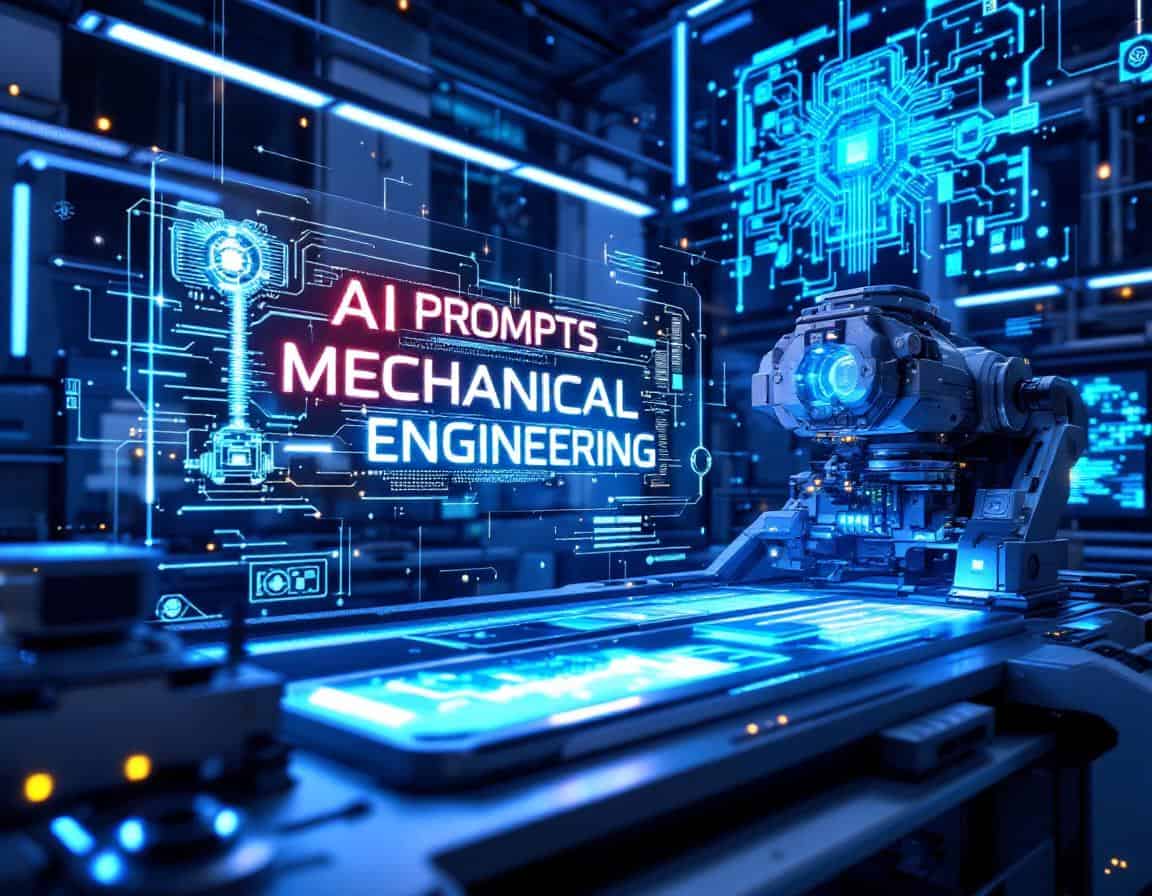
















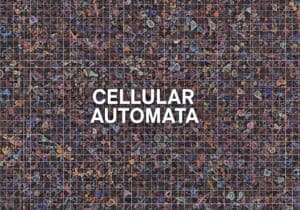

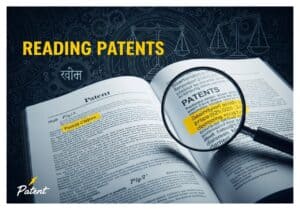

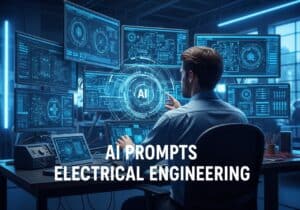
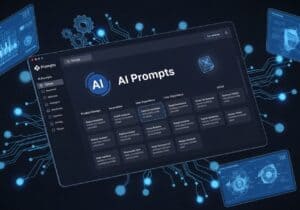
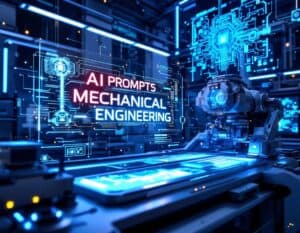



Are we assuming AI can always generate the best prompts in mechanical engineering? How are these generated btw?
Is AI going to make human engineers redundant?
Related Posts
Latest Publications & Patents on Metal-Organic Frameworks (MOFs)
Latest Publications & Patents on Covalent Organic Frameworks (COFs)
Latest Publications & Patents on Aerogels and Aerographene
Latest Publications & Patents on High‑Entropy Oxides (HEOs)
Latest Publications & Patents on MXenes
Latest Publications & Patents on Quantum Dots